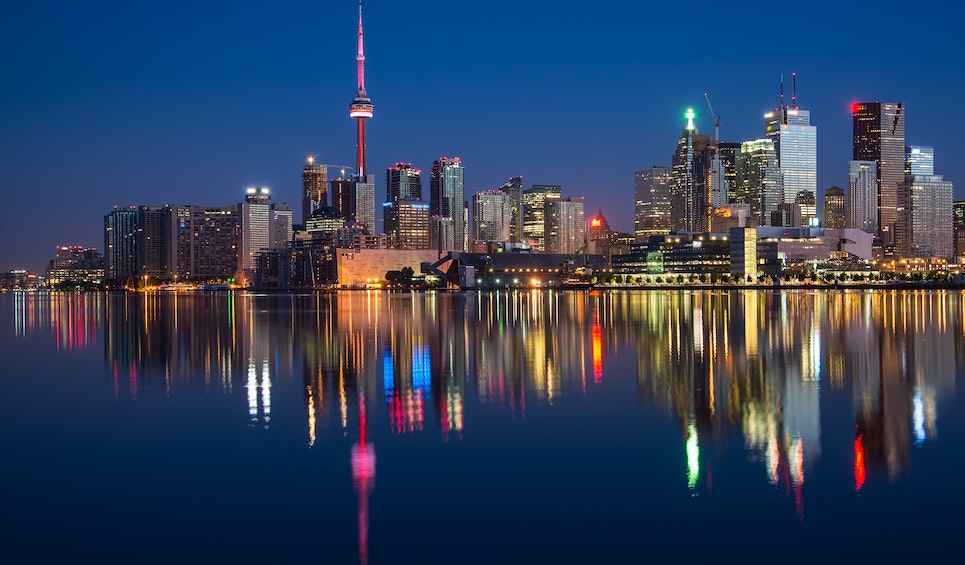City towers are extraordinary architectural wonders that dominate urban landscapes, capturing our imagination and exemplifying human creativity. In this article, we will delve into the design and features of City Tower, exploring their historical importance, contemporary innovations, interior spaces, and their impact on urban environments.
Historical Significance of City Towers
City towers possess a rich heritage, spanning centuries. Ancient city towers served diverse purposes, ranging from defense fortresses to religious observatories. Over time, they evolved in both architectural design and function, becoming symbols of power and prestige. Examples such as the Leaning Tower of Pisa or the Minaret of Samarra showcase the architectural accomplishments of the past.
Modern City Towers
Today, city towers have assumed new roles and functionalities, becoming icons of economic progress. They house a blend of commercial, residential, and recreational spaces. Furthermore, modern city tower characteristics prioritize sustainability, incorporating energy-efficient systems and innovative materials to minimize their impact on the environment. Noteworthy instances include the Shard in London, Petronas Towers in Kuala Lumpur, and Taipei 101 in Taiwan. Moreover, if we talk about UAE, city tower Dubai, and City Tower Ajman are the having all the characteristics of innovative residences and their design and features are excellent according to the modern era.
Design Elements and Features of City Tower
City towers are remarkable engineering and architectural design marvels. Structural considerations, such as load-bearing capacity and wind resistance, play a crucial role during construction. Architects draw inspiration from various sources, resulting in unique architectural styles. Moreover, the towering height and scale of city towers redefine skylines, leaving lasting impressions on urban landscapes.
Technological Innovations
Technological advancements have revolutionized the construction and operation of city towers. Innovative building materials and techniques, such as reinforced concrete and steel frameworks, enable the creation of soaring structures. Smart building systems, powered by artificial intelligence and data analytics, optimize energy consumption and enhance occupant comfort. Additionally, the architectural design of city towers connects renewable energy sources like solar and wind power to minimize their environmental footprint.
Interior Spaces and Amenities
The Iconic Residential City towers offer not only stunning exteriors but also enchanting interiors. Vertical transportation systems, like high-speed elevators and sky lobbies, efficiently connect floors while providing breathtaking views are its fabulous characteristics. These towers accommodate various uses, including luxurious residences, upscale offices, shopping centers, hotels, and entertainment venues. Some even feature observation decks, sky gardens, and fine dining establishments, offering a multifaceted experience to visitors and residents alike.
Impact on Urban Environment
The design and features of City towers have far-reaching impacts on the urban environment. They act as catalysts for economic growth, attracting businesses, creating jobs, and generating revenue. Socially, they instill civic pride and contribute to community identity. However, their integration with surrounding urban infrastructure poses challenges related to traffic, public spaces, and preserving historical context. Careful urban planning and design solutions are crucial to ensure a harmonious coexistence.
Case Studies
Prominent city towers serve as case studies, showcasing the accomplishments of architectural marvels. The Burj Khalifa in Dubai, with its record-breaking height, represents greatness. The Shanghai Tower in China integrates sustainable design principles, utilizing wind turbines and rainwater harvesting. One World Trade Center in New York symbolizes resilience and triumph over adversity. These examples highlight the diversity and achievements of city towers worldwide.
Future Trends and Possibilities
The future of city towers lies in their adaptability to changing needs and technologies. Sky bridges connecting towers, multi-use complexes combining living, working, and leisure spaces, and vertical gardens promoting environmental sustainability are exciting possibilities. Embracing innovation while harmonizing with the urban landscape and enhancing human experiences is key to shaping the cities of tomorrow.
Conclusion
City towers captivate us with their architectural brilliance and serve as symbols of human achievement. From their historical significance to their modern designs, these wonders shape cities, redefine skylines, and leave an indelible mark on urban environments. As we push boundaries and explore new frontiers, the marvelous design and features of city towers will continue to inspire, representing the fusion of artistry and engineering.
Subscribe to our Newsletter
Stay updated with the latest news and exclusive offers.
